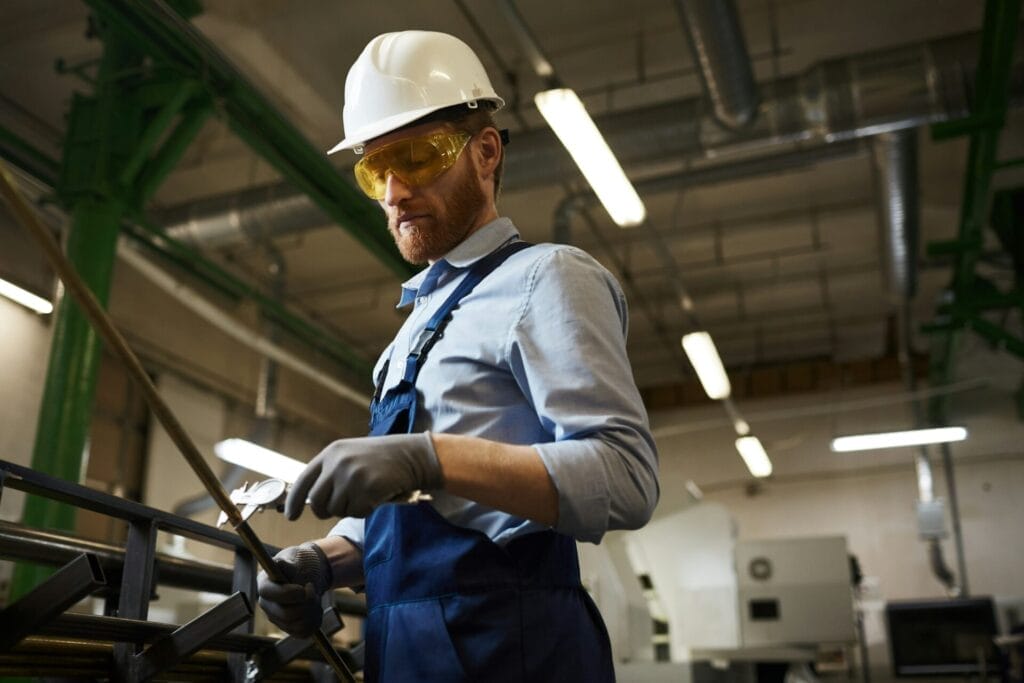Artificial Intelligence (AI) is transforming the Architecture, Engineering, and Construction (AEC) industry, bringing with it both excitement and apprehension. While AI has the potential to revolutionize the way we work, fears and misconceptions about its capabilities and limitations can hinder its adoption. In this blog post, we’ll explore common concerns surrounding AI adoption in the AEC industry and discuss strategies for overcoming them.
Misunderstanding AI Capabilities
One of the primary reasons people fear AI in the workplace is due to misunderstandings about how it works and what it can do. Large language models, for instance, can generate human-like text based on patterns learned from vast amounts of data. However, they don’t truly “understand” the content or possess consciousness. It’s essential to understand the difference between artificial general intelligence (AGI) and artificial narrow intelligence (ANI). AGI refers to a hypothetical future AI system that can perform any intellectual task a human can do, while ANI systems are designed to perform specific tasks, such as image recognition or natural language processing.
Fear of Job Displacement
The fear of AI taking jobs is a common concern among employees in various industries, including the AEC industry. However, research suggests that this fear is often linked to a lack of understanding about the true capabilities of AI and how it can be used to improve work processes rather than replace human workers. AI has the potential to create new jobs and lead to better working conditions, by using AI to automate the mundane, workers can focus on more creative and strategic roles.
Quality Control Concerns
Another concern surrounding AI adoption is quality control. Many professionals are skeptical about the reliability of AI and worry that it may produce errors or incorrect results. However, AI is not a standalone solution but rather a tool for assistance and inspiration. Human oversight is crucial in verifying AI-generated results and ensuring their accuracy.
The best use of AI is to augment, not to replace. Just like with non-AI based automation, you need to check the work and make sure it meets your required outcomes.

Cultural, Generational, and Ethical
Cultural and generational differences can also contribute to resistance to AI adoption. Different generations or cultural backgrounds may perceive AI differently, leading to misunderstandings or skepticism about its benefits. To bridge these gaps, it’s essential to provide education and hands-on demonstrations of AI’s practical benefits.
As with any emerging technology, there are ethical considerations surrounding the use of AI in the workplace. Bias in AI algorithms, data privacy, and accountability mechanisms are just a few concerns that need to be addressed. It’s essential to establish guidelines and best practices for ethically implementing AI in the workplace, including transparency, data privacy protection, and accountability mechanisms.
A Future with AI – Opportunities and Possibilities
AI has the potential to transform the AEC industry, but it’s essential to approach it with a balanced perspective. By understanding its benefits and limitations, involving diverse stakeholders, and establishing responsible implementation practices, we can harness its potential to improve engineering outcomes and benefit society as a whole. Rather than fearing AI, we should focus on upskilling and reskilling to remain competitive in the changing job market. By working together, humans and AI can achieve greater efficiency, productivity, and accuracy in the AEC industry.
In fact, the AEC industry has already started to see the benefits of AI adoption. For instance, AI can help with predictive analytics to forecast various outcomes, allowing firms to act proactively rather than reactively. Additionally, AI can enhance design optimization by analyzing various parameters such as energy efficiency, structural integrity, and sustainability, enabling architects and engineers to create more efficient and sustainable buildings. By leveraging AI in this way, AEC professionals can identify potential risks and opportunities earlier, and make data-driven decisions to improve project outcomes and reduce risk.
The influence of AI in the AEC industry is undeniable. More than just a tool in our toolkit, it’s becoming the new norm, reshaping how we design, build, and maintain our built environment. Embracing this change is not just about adopting new tools, but rather it’s about rethinking our approach to architecture, engineering, and construction.
By embracing AI and its potential, we can create a more efficient, sustainable, and innovative industry that benefits everyone involved.






No Comments